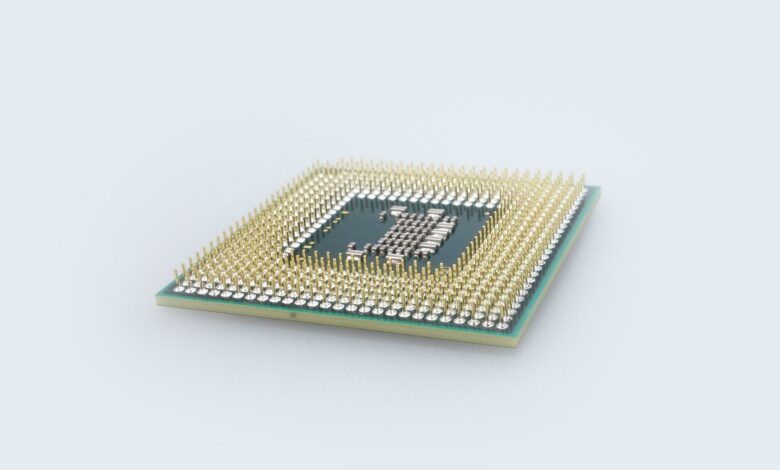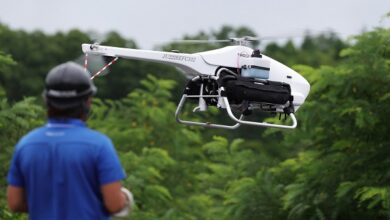
Introduction
Technology has improved a lot in the previous years. From purchasing kittens online to getting dog training virtually and it will only advance in the years to come but one topic has been a hot topic when we talk about our companion’s safety. It’s Pet Microchipping. Pet microchipping is a relatively new technology that promises to revolutionise the way humans care for their pets. It involves placing a tiny chip inside an animal’s body which can then be scanned and used to store identifying information about the animal.
The chip itself contains no power source; instead, it emits a radio frequency identification (RFID) signal upon contact with an RFID reader. This allows pet owners to quickly identify lost or stolen pets and reunite them with their families.
History of Pet Microchipping
The idea for pet microchipping originated back in the 1970s when physicist Dr. Hans Mode suggested implanting RFID chips into animals as a form of identification. However, it wasn’t until the early 1990s when advancements in technology made this concept possible.
In 1996, Avid Identification Systems Incorporated received FDA approval for its version of what we now know as pet microchipping. Since then, it has become increasingly popular among both veterinarians and pet owners alike worldwide due to its affordability and convenience.
Benefits of Pet Microchipping
Pet microchips offer a number of benefits for both animals and humans alike. For animals, they provide long-lasting identification that can help locate lost or stolen pets much quicker than traditional methods such as collars and tags.
Additionally, even if an animal’s chip fails or is removed, law enforcement officers and veterinary hospitals are trained to recognize these devices, allowing them to easily access emergency medical records even without access to pet owner contact information stored on the chip. Microchips are also useful because they can be implanted quickly by a veterinarian using only local anaesthesia at minimal cost to the pet owner.
For humans, there are just as many advantages associated with using microchip technology for tracking and monitoring their pets. Being able to quickly identify lost or injured pets allows owners to provide prompt medical assistance without having to wait days or weeks while search parties attempt to find them manually.
In addition, use of this technology can significantly reduce animal euthanasia rates by improving the chances of reuniting missing pets with their rightful owners faster than ever before .Furthermore, local municipalities often require microchipping in certain areas due to safety concerns about potentially rabid animals—this can also incentivize pet owners who may not otherwise have done so by offering lower licensing fees for animals with proper ID implants.
Finally, because these chips require no maintenance aside from occasional checking (using professional readers), pet owners don’t need to worry about additional costs involved in keeping tabs on their beloved companions over time.
Types Of Pet Microchips Available
Microchip implants come in several varieties depending on where you purchase them from and any regional regulations which might be applicable in your area . There are three basic types: glass encapsulated transponders (GCEs), polymeric thermoplastic transponders (PTTs), and biocompatible transponders (BTCs). GCEs have been around since the beginning of this technology but are not very reliable—they can easily fail due to age , temperature changes , or physical trauma.
PTTs offer improved stability while BTCs boast better compatibility between vet practices due their increased flexibility (allowing more flexibility between two scanning systems produced by different companies). Additionally some newer models use encrypted data storage – meaning only specific scanners can read them – which could greatly reduce potential fraud implications.
How Does A Pet Microchip Work?
How does a pet microchip work? Pet microchip implants usually contain 125 kilobytes1 worth of information which stores things like: name and address information connected with each personal file , emergency contact numbers if needed , vaccination history , special dietary requirements , medication dosages etc.. Once implanted into an animal’s neck beneath their skin layer using injections administered via syringe, the chip starts emitting signals at regular intervals whenever a reader passes nearby.
Although no contact required human attaching such devices to dogs and cats, staff should be knowledgeable regarding its operations, rather important people prevent unwanted results through scanning process. Ultimately, having an integrated tracking system proven increases chances of finding lost animals, precious online global networking groups that spare time trying to figure out best ways to deal with situations.
Conclusion
Pet microchipping is an invaluable tool that has made it easier than ever before for humans to track and monitor their beloved companion animals over time. The convenience provided by these tiny chips offers numerous benefits such as reducing time spent searching for missing pets as well as providing easy access medical records if needed; all while remaining affordable enough that most households can afford one device per family member—a great asset especially in areas where governments require vaccinations or other identifiers like collars/tags–without breaking budget.
With concerns related privacy mounting across world today implementation projects make sure understanding terms warranties get attached respective products going down road would pay bigger dividends near future preventing unfortunate events wrapping around identity thefts With advent sophisticated 21st century technologies like these available perfectly reasonable expect some quite helpful implementations telecom sector related purposes almost immediately future wide ranges realm possibilities never ending evolving species man & beast together under one big umbrella called common good.



